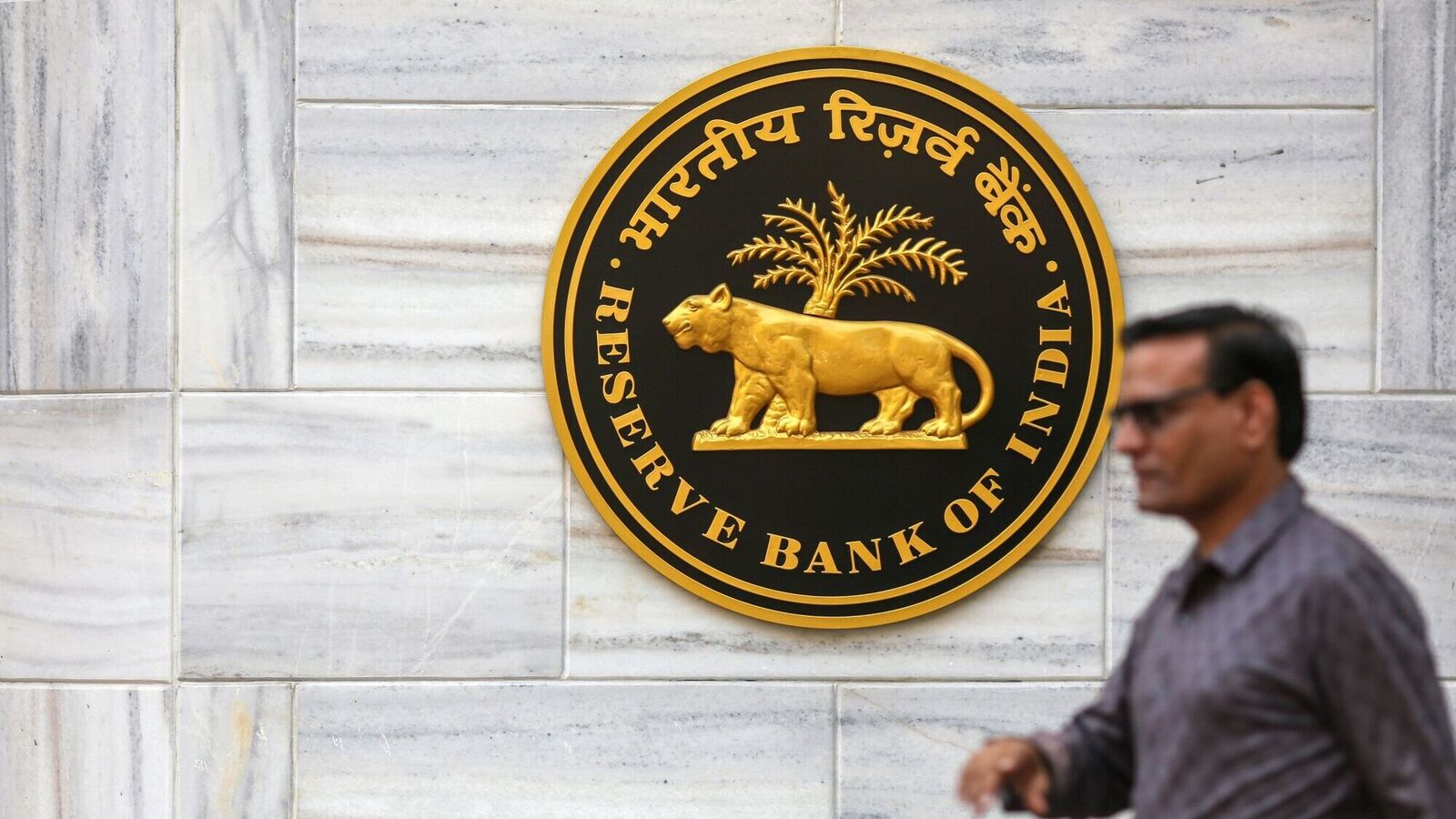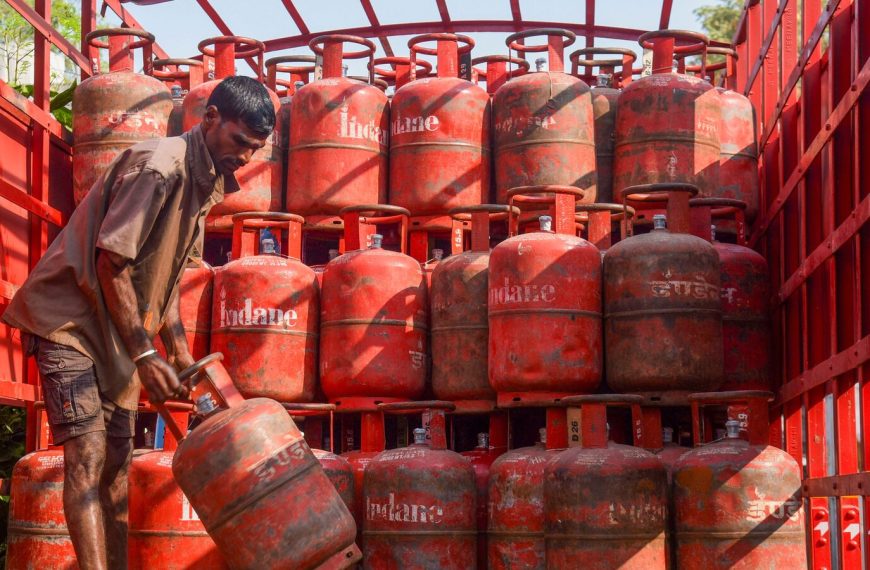India’s central banking authority, the Reserve Bank of India (RBI), is gearing up for its pivotal Monetary Policy Committee (MPC) meeting, commencing on April 7, 2025. This bi-monthly gathering is especially significant as it marks the first policy meeting of the financial year 2025-26. The outcomes, particularly concerning the benchmark repo rates, will be disclosed on April 9, 2025. Investors and economists alike are keenly watching, as the decisions made here will guide monetary policy for the coming months.
Understanding Repo Rates
The repo rate is crucial for the banking sector, representing the interest the RBI charges commercial banks when they borrow funds during periods of liquidity crunch. This borrowing mechanism is pivotal for banks to manage their short-term financial obligations, often secured against government securities. As defined by ICICI Bank, the repo rate is a key indicator of the overall monetary policy landscape in India.
Anticipated Rate Cuts
As the MPC gears up for discussions, many financial experts forecast another cut in the repo rate, potentially for the second consecutive meeting. Sanjay Malhotra, the current governor, witnessed the first reduction back in February 2025, when rates were lowered by 25 basis points from 6.5% to 6.25%. This marked a notable shift after a two-and-a-half-year period of consistent rates, primarily due to inflation concerns.
Insights from Economists
Renowned economist Madan Sabnavis, Chief Economist at Bank of Baroda, believes that ongoing trends in inflation and liquidity stabilization could lead to another 25-basis-point reduction in the upcoming meeting. He emphasized that if inflation remains manageable and liquidity continues to improve, the RBI might adopt a more accommodative stance, allowing for further rate cuts throughout the year.
- Key Points from Economic Analysts:
- Anticipation of a 25-bps cut during the next MPC meeting.
- Shift in monetary policy stance towards more accommodative measures.
- Ongoing liquidity management by the RBI, particularly regarding short positions and maturity of long-term Variable Rate Repos (VRRs).
Market Reactions
The rating agency ICRA also echoes similar sentiments, forecasting a 25-basis-point decrease in the repo rate while maintaining a neutral outlook for the Indian economy. They expect that while liquidity interventions will persist, significant announcements regarding liquidity injections, such as cuts to the Cash Reserve Ratio (CRR), are unlikely during the MPC discussions.
In summary, as the RBI prepares for this crucial meeting, both market analysts and financial institutions are keenly observing the developments that may influence India’s economic landscape in the near future. The outcomes will not only affect lending rates but also signal the RBI’s approach to managing inflation and economic growth in a post-pandemic environment.











